
Welcome to CivilGEO Knowledge Base
Welcome to CivilGEO Knowledge Base

Welcome to CivilGEO Knowledge Base
Welcome to CivilGEO Knowledge Base
During the installation of a software product on any version of Windows, the software installer sometimes fails to run, and you may receive the following error message:
“Error 1603: A fatal error occurred during installation”
The error 1603 is a generic error code generated by Microsoft Windows Installer (MSI) that indicates a problem during the installation. This error is more likely to be system-related than software-specific.
This article describes how to troubleshoot the installation error 1603.
The installation error 1603 can occur if short file name creation, i.e., eight-character file names with a three-character file extension (8.3 name creation), is disabled on the computer system.
Note that the short file name creation is enabled by default on Windows 10.
This issue can be easily corrected by changing the value of the NtfsDisable8dot3NameCreation registry entry to 0 or 2. A value of 1 or 3 indicates that this functionality is disabled.
| State Values | Description |
|---|---|
| 0 | 8.3 file creation is enabled on all volumes on the system |
| 1 | 8.3 file creation is disabled on all volumes on the system |
| 2 | 8.3 file creation is enabled per volume on the system (default) |
| 3 | 8.3 file creation is disabled on all volumes except the system volume |
HKEY_LOCAL_MACHINE\SYSTEM\CurrentControlSet\Control\FileSystem
 Disclaimer: This section contains information about modifying the registry. Improperly editing the registry can lead to software corruption and data loss. Before you modify the registry, make sure you back up the registry and understand how to restore the registry if a problem occurs. By proceeding beyond this point, you acknowledge that you understand the risks inherent in incorrectly editing the registry and that by proceeding, you agree to accept these risks.
Disclaimer: This section contains information about modifying the registry. Improperly editing the registry can lead to software corruption and data loss. Before you modify the registry, make sure you back up the registry and understand how to restore the registry if a problem occurs. By proceeding beyond this point, you acknowledge that you understand the risks inherent in incorrectly editing the registry and that by proceeding, you agree to accept these risks.
To enable the short file name creation, follow the steps below:
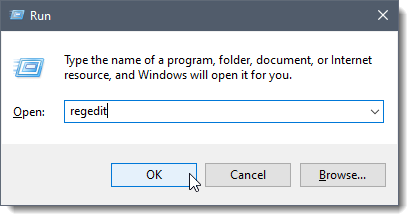
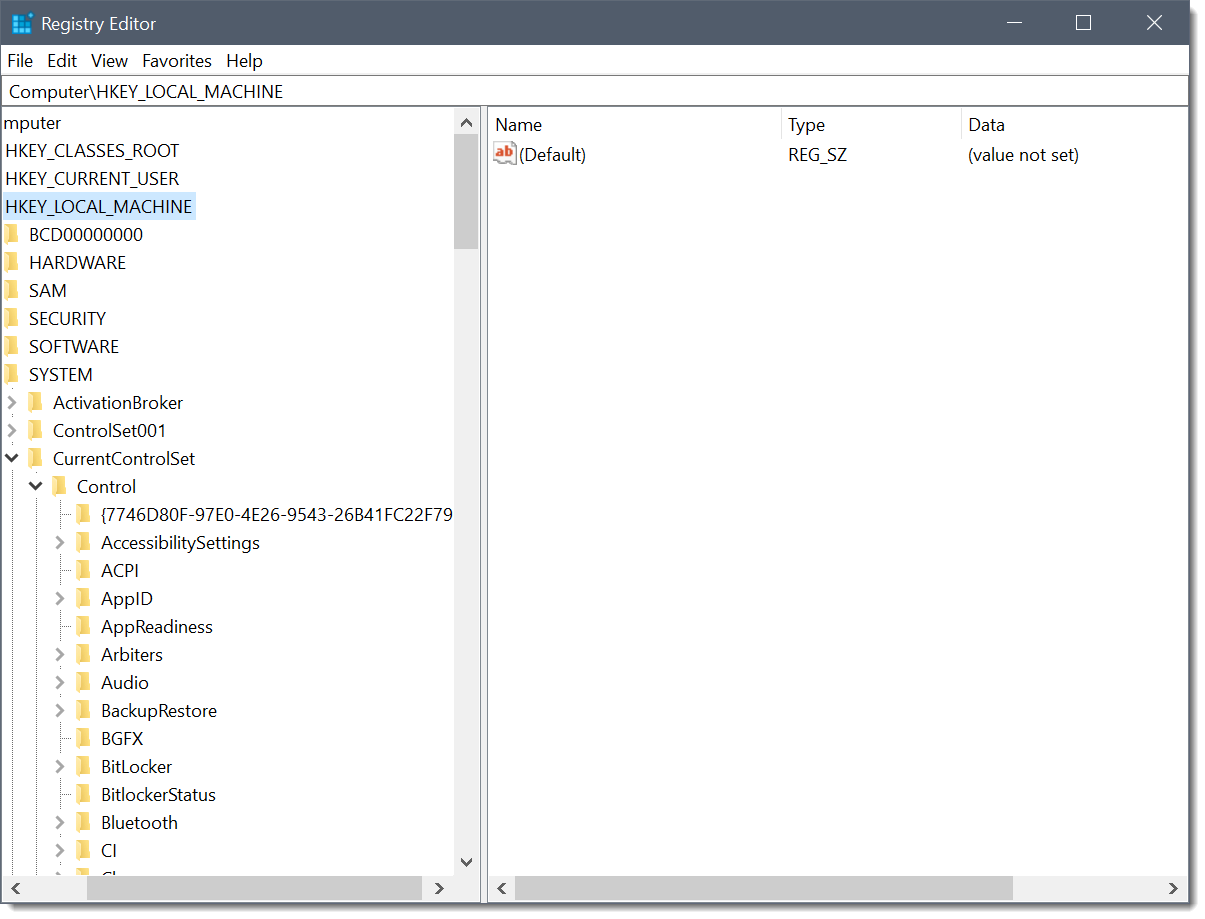
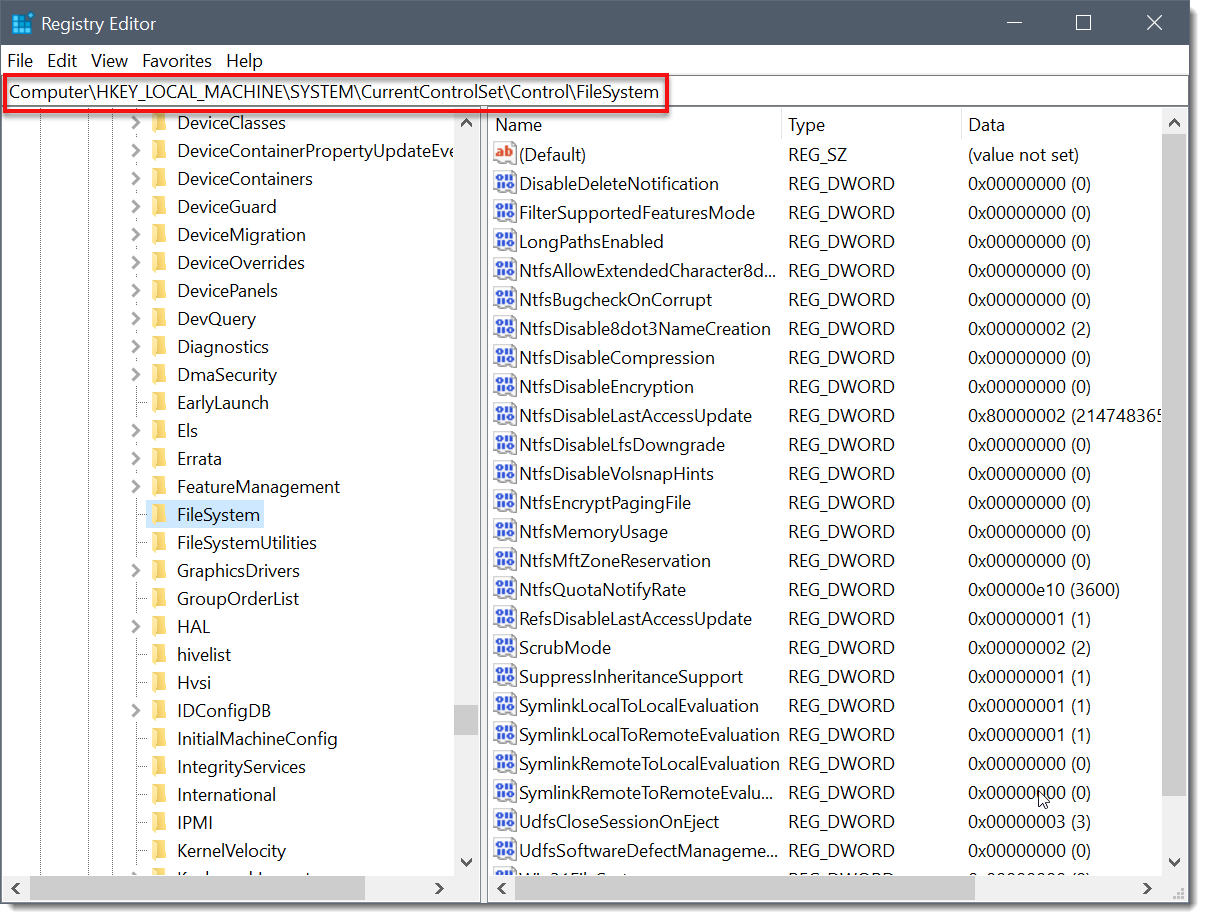
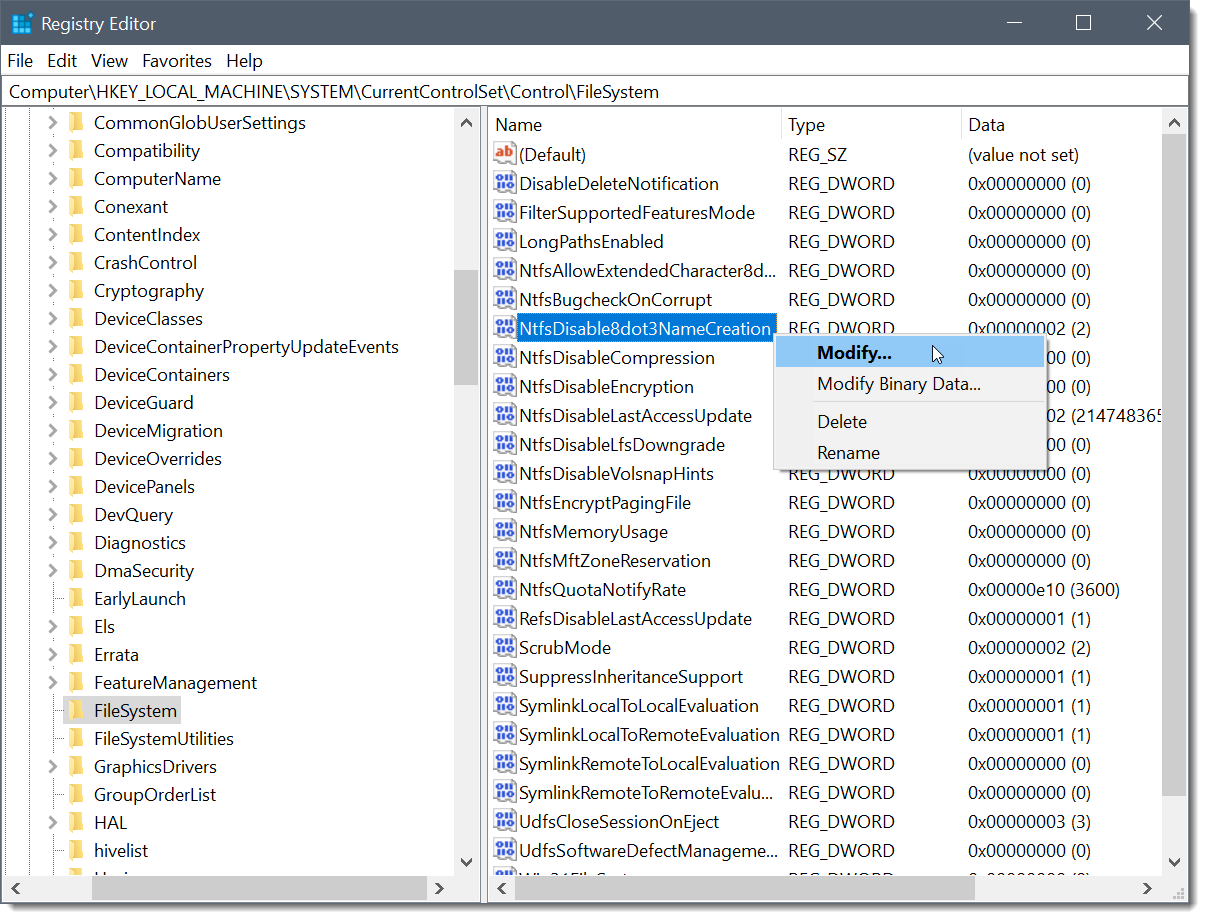
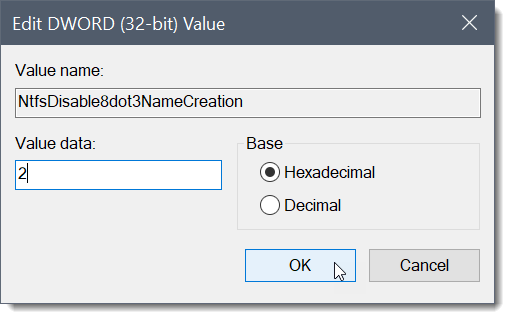
Note that after restarting the host computer, the changes made to the Registry Editor will only be effective for new users and not for existing ones.
The installation error 1603 can also occur if the Microsoft Visual C++ redistributable packages installed on the computer system are corrupted.
Follow the steps given below to fix this issue:
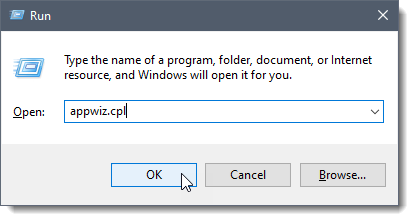
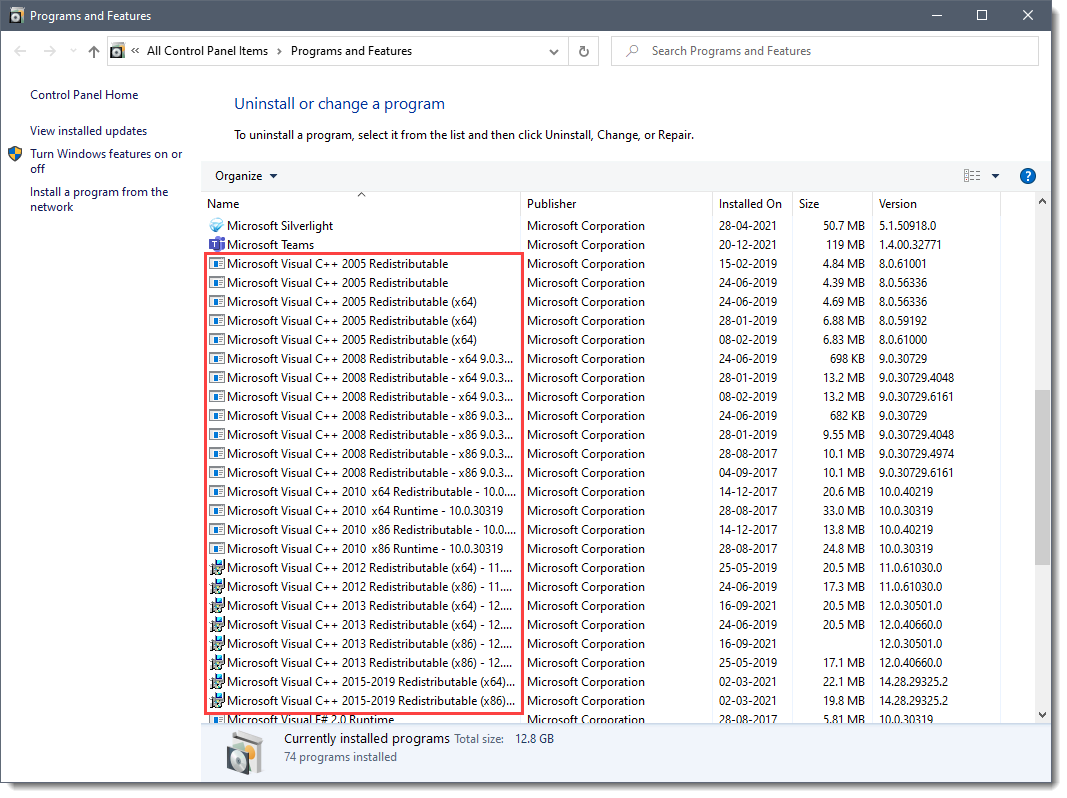
Sometimes error 1603 may also occur if antivirus software is not up to date. Please make certain that the antivirus software is up to date and/or temporarily disable your antivirus software until the installation of the software product is complete.
The installer uses the system’s TEMP directory to extract files to and run from. The error 1603 might occur if the TEMP directory does not have enough available space or has too many files that may conflict with setup files.
Follow the steps below to clean up the TEMP directory and free up hard disk space:
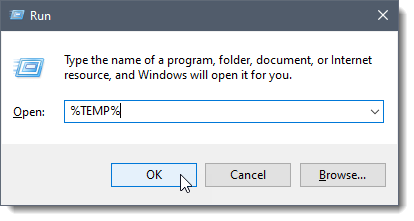
The error 1603 might occur on a computer system that does not have enough disk space to install the setup and store rollback files. This space is required on the root drive even if the setup may be installed to a different drive. Check that there is enough space on the root drive of the computer system. This space is required by setup to decompress files in the temp directory and store rollback information in the Windows directory of the computer.
Refer to this article in our knowledge base to check the minimum storage requirement for installing CivilGEO’s software.
If there is not enough space available to install the software, remove some third-party software or run a disk cleaner utility to free up hard drive storage. Refer to this article from Microsoft to learn about various tips to free up disk space.
 1-800-301-02-955
1-800-301-02-955
 608-729-5100
608-729-5100
(US and Canada)
 [email protected]
[email protected]
 +1 608-729-5100
+1 608-729-5100
CivilGEO India
Graphix Tower, A-13 A
3rd Floor, Sector 62
Noida, Uttar Pradesh 201309
IndiaTel:
1-800-301-02-955 or
+91 022-3831-8601
CivilGEO United States
8383 Greenway Blvd
6th Floor
Middleton, WI 53562
USATel:
608-729-5100 or
800-488-4110
Copyright © CivilGEO, Inc. All rights reserved. The CivilGEO logo, “GeoSTORM”, “GeoHECHMS”, “GeoHECRAS”, and “Ready To Engineer” are registered trademarks of CivilGEO,Inc.
All other brands, company names, product names or trademarks belong to their respective holders.
We use cookies to give you the best online experience. By agreeing you accept the use of cookies in accordance with our cookie policy.
When you visit any web site, it may store or retrieve information on your browser, mostly in the form of cookies. Control your personal Cookie Services here.
The ZoomInfo WebSights snippet drops three cookies to track Unique Visits:
1. _pxhd - Related to the Perimeter X security layer (Perimeter X isused to prevent bot attacks).
2. _cfduid - Related to the CloudFlare security layer (CloudFlare is the Network Security protocol that ZoomInfo uses to orchestrate the rate limiting rules).
3. visitorId - This is how WebSights identifies recurring visitors








